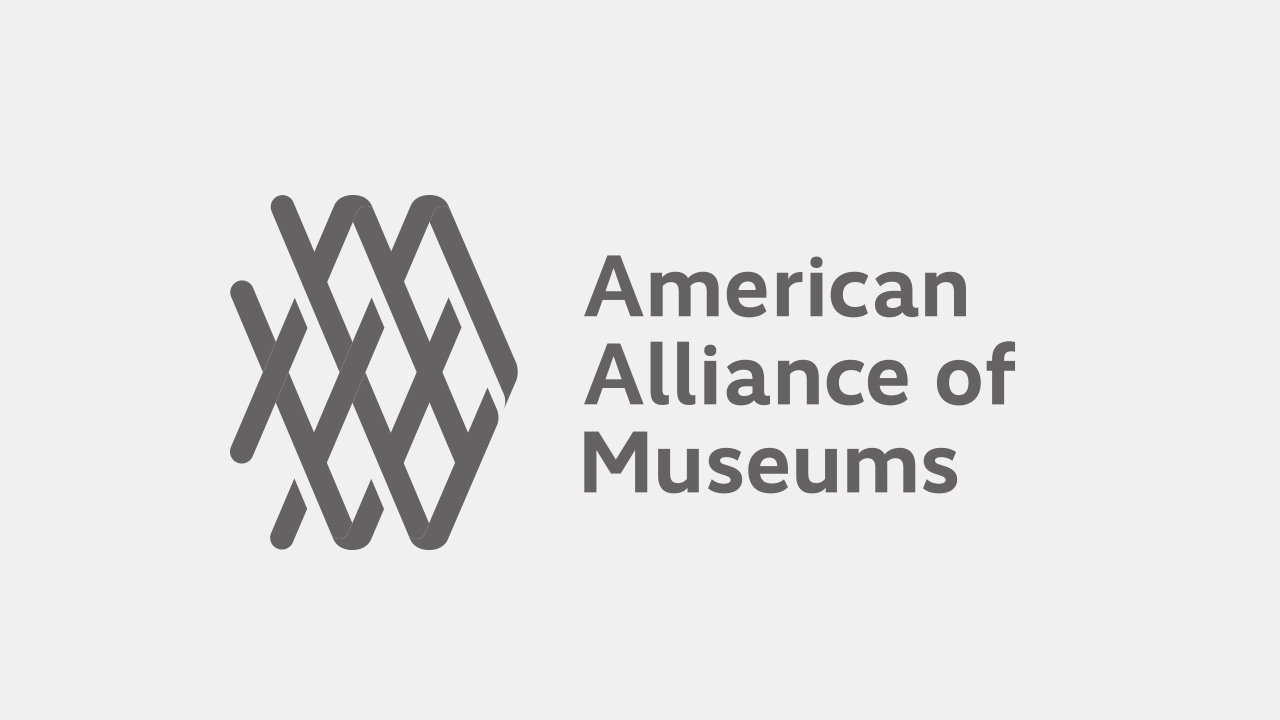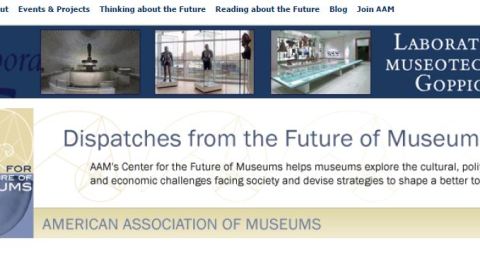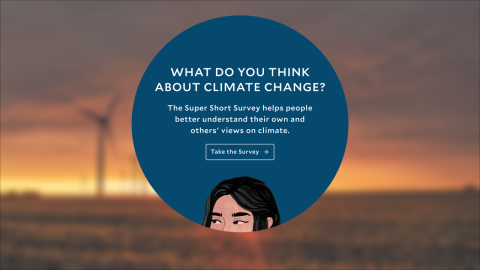
This column introduces Museum magazine’s July/August 2025 issue, a benefit of AAM membership.
Do you ever get the feeling that AI came out of nowhere? When did talking, thinking robots go from a sci-fi fantasy to daily reality, and how did anyone with an internet connection suddenly gain the power to generate a meeting summary or pet portrait at the click of a button?
As my colleague Elizabeth Merritt has described, this technology has been in an “adolescent growth spurt” over the past few years. While the roots of AI stretch back to the 1950s, its growth has accelerated in recent decades, powering everything from our spam filters to our social media feeds. Museums began to unleash the power of “big data,” whether to crop images, project attendance, or guide visitors. Then, a few years ago, AI reached even bigger heights, as tech companies unveiled new, easily accessible tools that not only process masses of data but also synthesize it into something resembling human analysis and creativity.
This explosion in “generative” AI offers some thrilling possibilities for our field. As you’ll learn in this issue, museums are already using these tools for tasks like digitizing massive collections, spotting errors and biases in their archives, and conserving and restoring objects, to name just a few. With our large pools of data and our limited human resources, this could be a breakthrough in our ability to deliver on our missions and deepen our accessibility and relevance.
However, as you’ll also read in this issue, there is much to consider before we leap into this new future. The ethical dimensions of AI, including concerns about the value of human labor, the reliability of information, and the environmental impact, require careful deliberation and policymaking to ensure we stay true to our values as cultural institutions. In the long run, as any experienced museum technologist will tell you, moving with caution and discipline will yield better results than chasing the shiny new thing.
To make the best use of AI, we’ll need to look beyond the hype and understand what the technology really is under the surface. And I’m happy to report that AAM has a wealth of resources available to help you do this. For in-depth overviews, you might start with the two TrendsWatch chapters on AI in the 2017 and 2024 editions, plus the materials from our 2018 “Museums and New Intelligences” convening in Miami. After that, you can click over to our Resource Library, where you’ll find dozens more recorded sessions and blog posts about AI in museums, from case studies about its use in curation and provenance research to roundtables from technologists about its big-picture opportunities and threats in our sector. As this technology continues to grow and work its way into our lives, we must continue learning together as museum peers, and there’s no better place to turn than our AAM community.
5/6/2025







